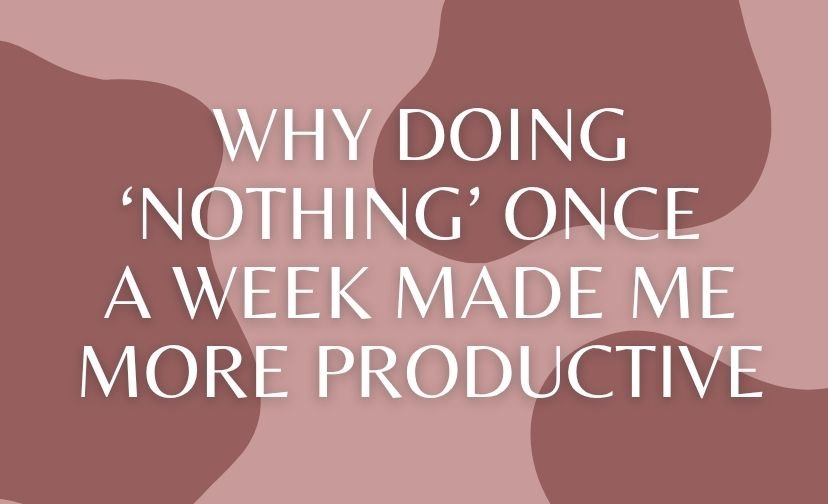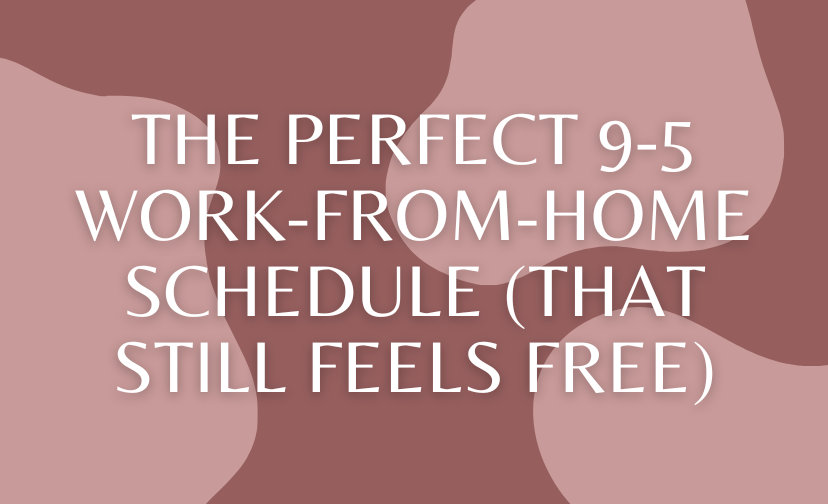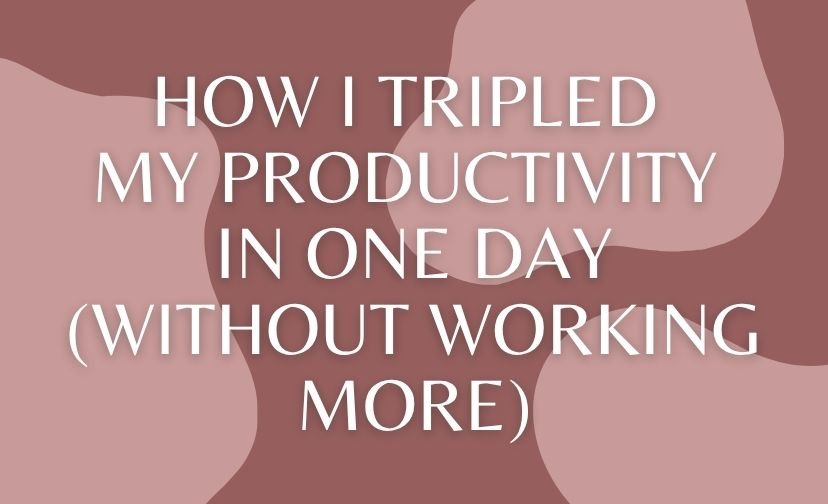In a world that glorifies hustle and grind, the idea of doing nothing might seem counterintuitive, even rebellious. Yet, imagine a day where you simply pause, breathe, and let your mind wander. What if this act of deliberate rest could actually enhance your productivity?
Welcome to the paradoxical world where doing nothing for productivity becomes a powerful tool in your arsenal.
The Concept of Doing Nothing for Productivity
The art of doing nothing isn’t about laziness; it’s a strategic pause that has been revered across cultures and philosophies. From Italy’s “Dolce Far Niente” to Japan’s “Ma,” societies have long celebrated the beauty of idleness.
These concepts aren’t just quaint traditions but practical blueprints for mindfulness, encouraging us to savor unstructured moments that fuel creativity and clarity.
Understanding the Philosophy Behind Rest
Across the globe, different traditions embrace the value of slowing down. In Italy, “Dolce Far Niente,” which translates to “the sweetness of doing nothing,” is about savoring life’s simple pleasures without an agenda. This philosophy treats leisure as sacred, urging us to be present and enjoy moments like a lazy afternoon with coffee at a café.
Meanwhile, Japan’s “Ma” appreciates the spaces between moments, valuing the emptiness that allows beauty and meaning to emerge. It teaches us that productivity isn’t about cramming every second with activity but about finding balance.
To incorporate these philosophies into your life, start by setting aside 10 minutes daily for unstructured time. Let your thoughts drift without any particular destination in mind. This simple practice can help reset your mind, offering clarity and renewed focus.

Cultural Perspectives on Idleness
While some may view idleness as a sign of irresponsibility, cultures like the Dutch with their concept of “Niksen” challenge this notion. Niksen, or purposeful idleness, encourages guilt-free relaxation, whether it’s staring out a window or lounging on the couch.
The goal isn’t to meditate or brainstorm but to simply be. This practice challenges the hustle culture mindset, reminding us that rest isn’t a luxury—it’s essential. Embracing these cultural perspectives allows us to recharge and return to work with more energy and clarity.
The Science of Rest and Its Benefits
Scientific research supports the idea that rest is not just beneficial but crucial for enhancing productivity. When we rest, our brains engage in processes that boost creativity, problem-solving, and overall cognitive function. The neuroscience behind breaks reveals that stepping away from tasks allows our minds to consolidate memories and quietly search for solutions.

How Rest Enhances Creativity and Problem-Solving
During periods of rest, the brain’s default mode network (DMN) becomes active, facilitating divergent thinking—a process essential for generating creative ideas.
This is why “aha” moments often occur during downtime, such as in the shower or on a leisurely walk. When we allow ourselves to step back, our subconscious works on problems behind the scenes, leading to innovative solutions that might not arise during focused work.
In a study conducted by Basecamp, employees who had an additional day off reported higher creativity and efficiency during their workdays. By prioritizing rest, the company discovered that their team returned each week more refreshed and ready to tackle challenges.
The Neuroscience Behind Breaks and Productivity
Neuroscience reveals that breaks are essential for memory consolidation and learning. During downtime, the brain ‘replays’ or rehearses recently acquired skills or knowledge, embedding them more deeply into our memory networks. This process enhances our ability to learn and retain information, making rest a critical component of productivity.
To harness the power of rest, try the Pomodoro Technique: work for 25 minutes, then take a 5-minute break. This cycle allows your brain to recharge, boosting focus and efficiency when you return to tasks.

Transforming Your Mindset: Embracing Idleness
Shifting your perspective on rest requires understanding that doing nothing for productivity is not an indulgence but a necessity. You can cultivate a healthier, more productive mindset by debunking myths about laziness and recognizing the psychological benefits of taking breaks.
Debunking Myths: Doing Nothing Isn’t Lazy
In a society that equates busyness with worth, idleness is often misunderstood. However, doing nothing is a deliberate act of self-preservation and mental restoration.
Research shows that moments of idleness activate the brain’s DMN, which is linked to creativity and problem-solving. By prioritizing breaks, you’re not slacking off; you’re recharging your ability to focus and innovate.
Studies have demonstrated that regular breaks reduce burnout, improve mood, and enhance overall well-being. By embracing idleness, you allow your mind to process, reset, and return sharper than before.

The Psychological Benefits of Taking Breaks
Taking regular breaks has profound psychological benefits, including stress reduction and improved emotional regulation.
When you step away from constant busyness, you create space for reflection and emotional processing. This helps combat burnout and fosters resilience, allowing you to approach work with a clearer, more focused mind.
| Benefit | Description |
|---|---|
| Stress Reduction | Breaks lower cortisol levels, the hormone responsible for stress, promoting a calmer state of mind. |
| Emotional Regulation | Regular downtime helps you manage emotions, reducing tension and building resilience. |
| Enhanced Focus | Short breaks improve concentration and prevent mental fatigue, allowing you to work more efficiently. |
Practical Tips for Incorporating Rest into Your Life
Incorporating rest into your routine doesn’t have to be daunting. With a few practical tips, you can create a restful schedule that supports your productivity and well-being.

Creating a Restful Schedule: Making It Non-Negotiable
To truly reap the benefits of rest, making it a non-negotiable part of your schedule is essential. Start by setting ‘rest goals’ within specific time increments.
For instance, take a 1-hour lunch break daily, sign off by a certain time each evening, and dedicate one day a week to meetings-free reflection.
Scale your rest by incorporating longer breaks monthly, such as a day off or an hour-long sync with your manager to discuss energy levels and morale. This consistency helps maintain high-quality work and a balanced life.
Mindful Idleness: Techniques to Try
Mindful idleness is about being fully present while doing nothing. Try techniques like sky gazing, window watching, or creative doodling to allow your mind to wander freely. These practices can spark unexpected insights and rejuvenate your creativity.
Another effective technique is the mindful coffee break. Take a moment to savor your drink, focusing on the aroma and warmth. This grounding ritual can provide a sense of calm and clarity, enhancing your overall productivity.

The Long-Term Impact of Regular Breaks on Productivity
Regular breaks have a profound impact on long-term productivity and workplace culture. By building a culture of rest, you not only enhance individual performance but also foster collaboration and creativity within teams.
Building a Culture of Rest in the Workplace
Encouraging a culture of rest involves more than just individual practices; it requires organizational support. Implementing wellness programs, flexible work policies, and dedicated break spaces can create an environment where rest is valued and prioritized.
Organizations that embrace a culture of rest see improvements in employee satisfaction, creativity, and overall productivity. By fostering positive attitudes toward breaks, companies can enhance both well-being and performance.

Encouraging Team Breaks for Enhanced Collaboration
Team breaks are a powerful tool for enhancing collaboration and creativity. Scheduling regular team reflections and pauses allows for open communication and collective problem-solving. These moments of pause help teams realign with their goals and ensure they’re on the right path.
Encouraging team breaks strengthens relationships and builds camaraderie, leading to a more cohesive and motivated workforce. By prioritizing rest, teams can approach projects with fresh perspectives and renewed energy.
Reaping the Rewards: Your Path to Greater Well-Being
Embracing rest as a regular practice leads to many benefits, from enhanced productivity to improved well-being. By recognizing the ripple effect of self-care, you can transform your approach to work and life.

The Ripple Effect of Self-Care on Productivity
Self-care isn’t just about individual well-being; it has a ripple effect on productivity and overall quality of life. When you prioritize rest, you enhance your ability to focus, innovate, and deliver quality work. This positive cycle benefits you and those around you, creating a more harmonious and productive environment.
Celebrating Small Wins: The Power of Rest in Daily Life
Recognizing the small wins from rest can reinforce its importance in your daily life. Celebrating these achievements can motivate you to continue prioritizing rest, whether it’s a moment of clarity during a walk or a burst of creativity after a break.
Acknowledge the benefits of rest and incorporate gratitude into your routine. This practice can enhance your overall well-being and encourage a more balanced approach to productivity.





